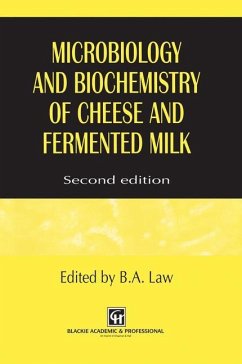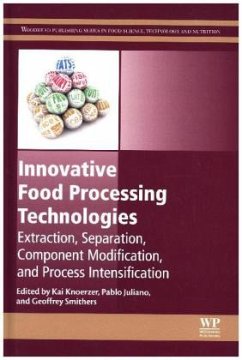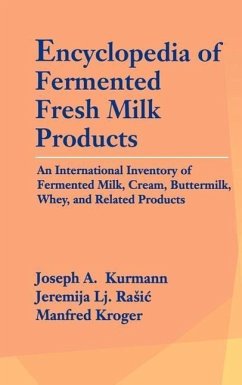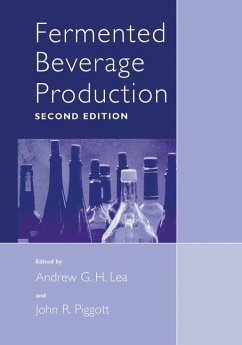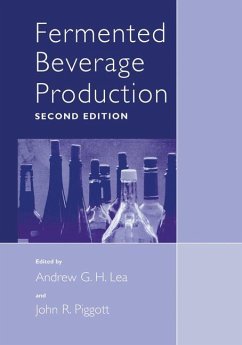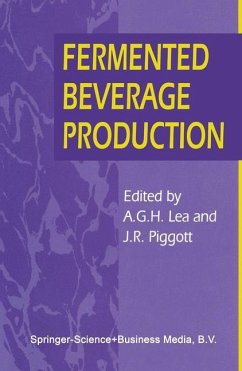
Microbiology and Biochemistry of Cheese and Fermented Milk

PAYBACK Punkte
57 °P sammeln!
The first edition of Advances in the Microbiology and Biochemistry of Cheese and Fermented Milk was aimed at the gap in the literature between the many excellent technical texts on the one hand, and the widely scattered scientific literature on the other. We tried to present the state of the art in pre competitive research in a predigested, yet scientifically coherent form, and relate it to the marketable properties of fermented dairy products. In this way, researchers could use the book to mentally step back from their specializations and see how far they had progressed as a community; at the...
The first edition of Advances in the Microbiology and Biochemistry of Cheese and Fermented Milk was aimed at the gap in the literature between the many excellent technical texts on the one hand, and the widely scattered scientific literature on the other. We tried to present the state of the art in pre competitive research in a predigested, yet scientifically coherent form, and relate it to the marketable properties of fermented dairy products. In this way, researchers could use the book to mentally step back from their specializations and see how far they had progressed as a community; at the same time we hoped that R&D-based companies could use it to assess the utility (or lack of it) of the research output in setting out their research acquisition strategy for product improvement and innovation. In a sense, the first edition could claim to have initiated Technology Foresight in its limited field before Government caught the idea, and it certainly gave the science base an opportunity to display its talents and resources as a potential source of wealth creation, well before this became an 'official' function of publicly funded science and technology. Thus, the first edition was intended as a progressive move within the growing science and technology literature, and judged by its market success, it seems to have served precisely that purpose.



